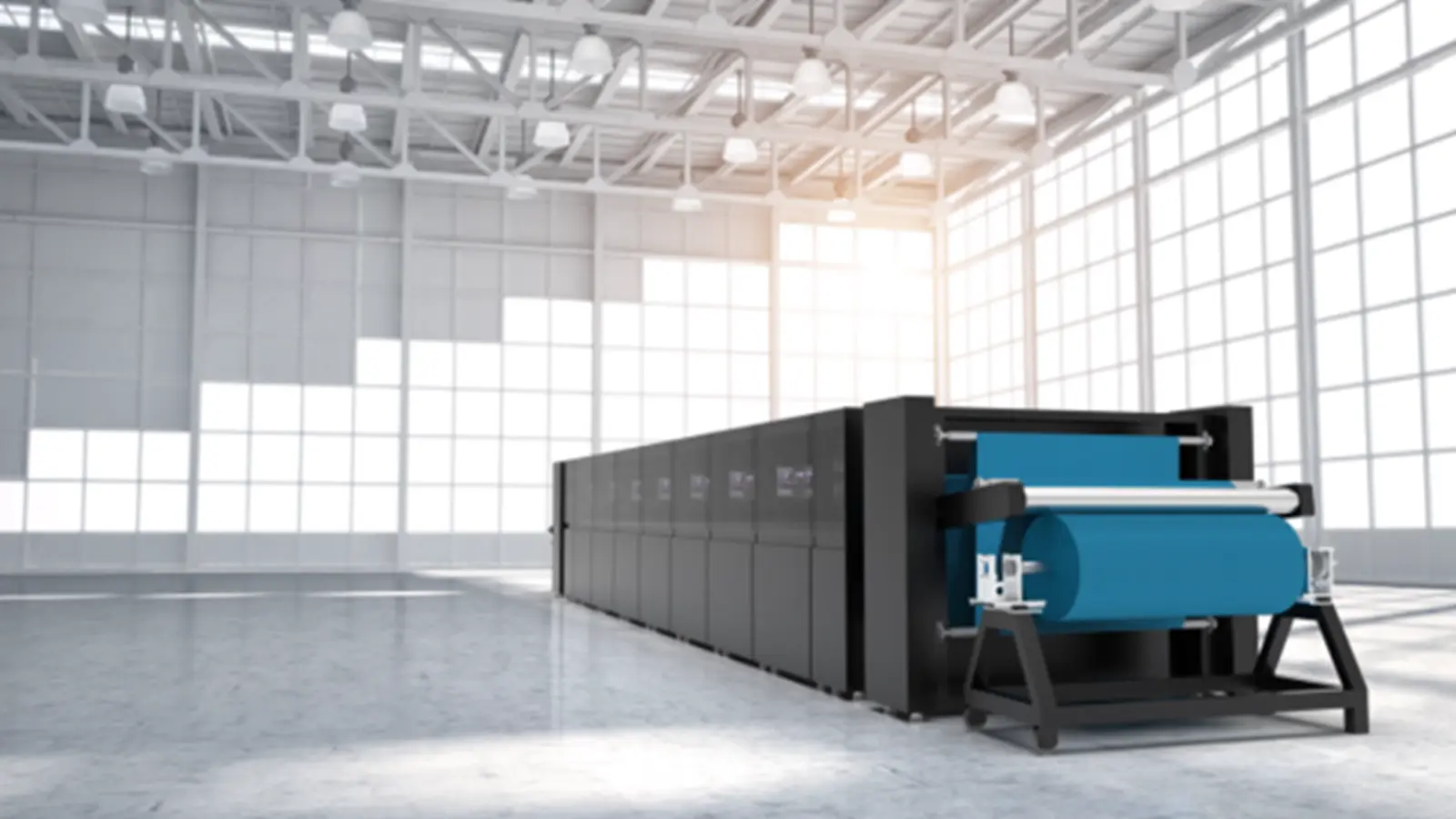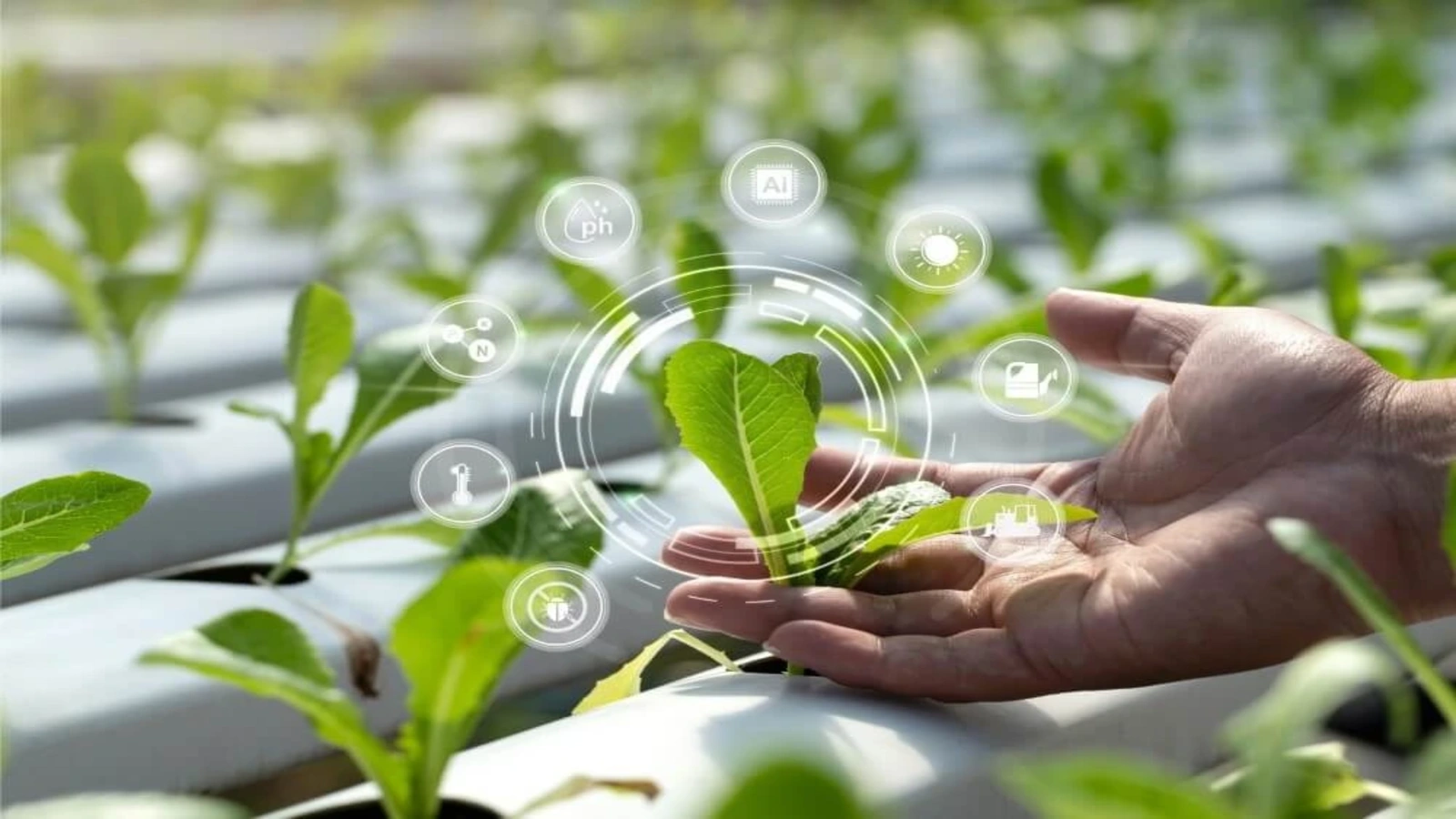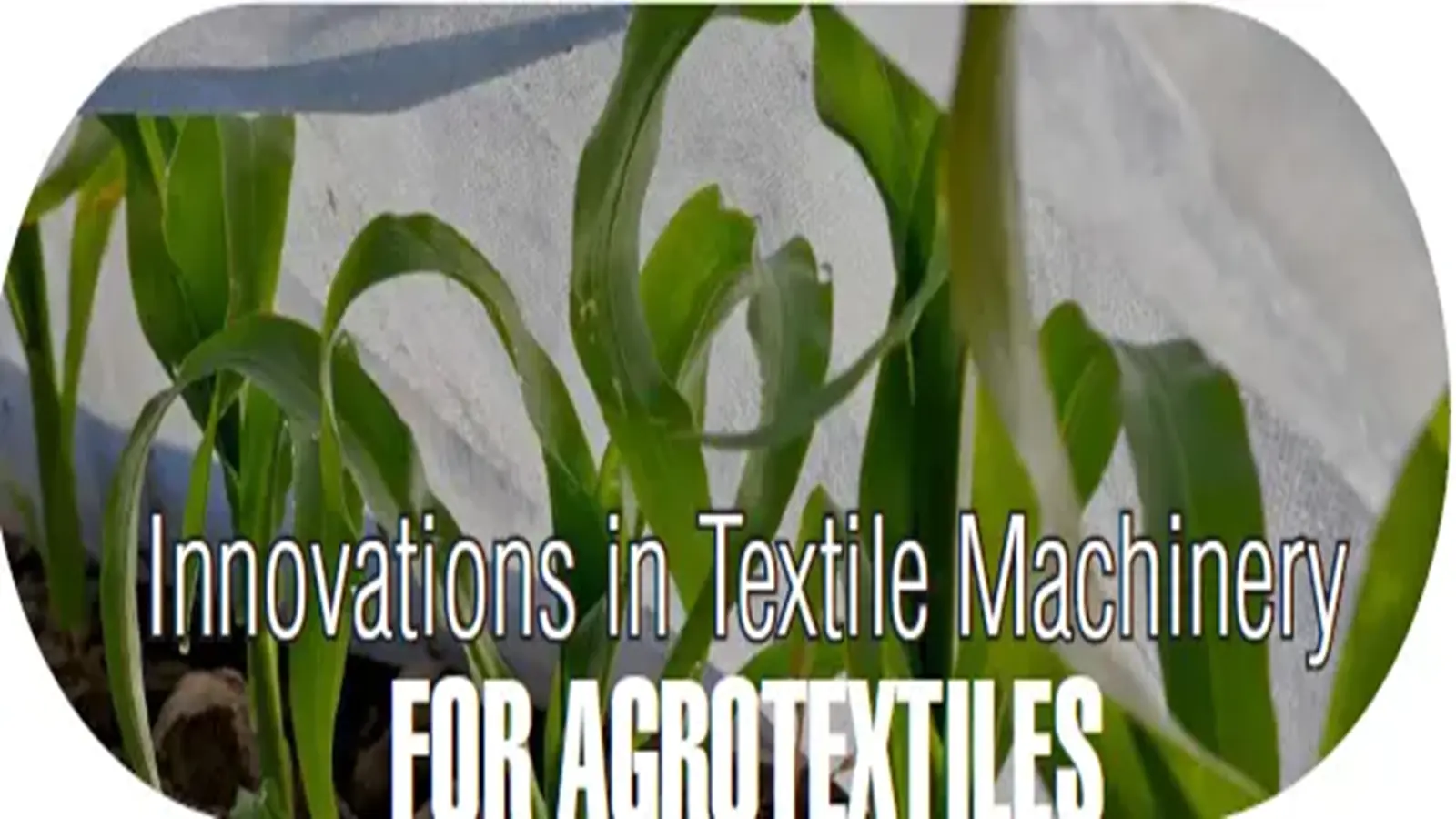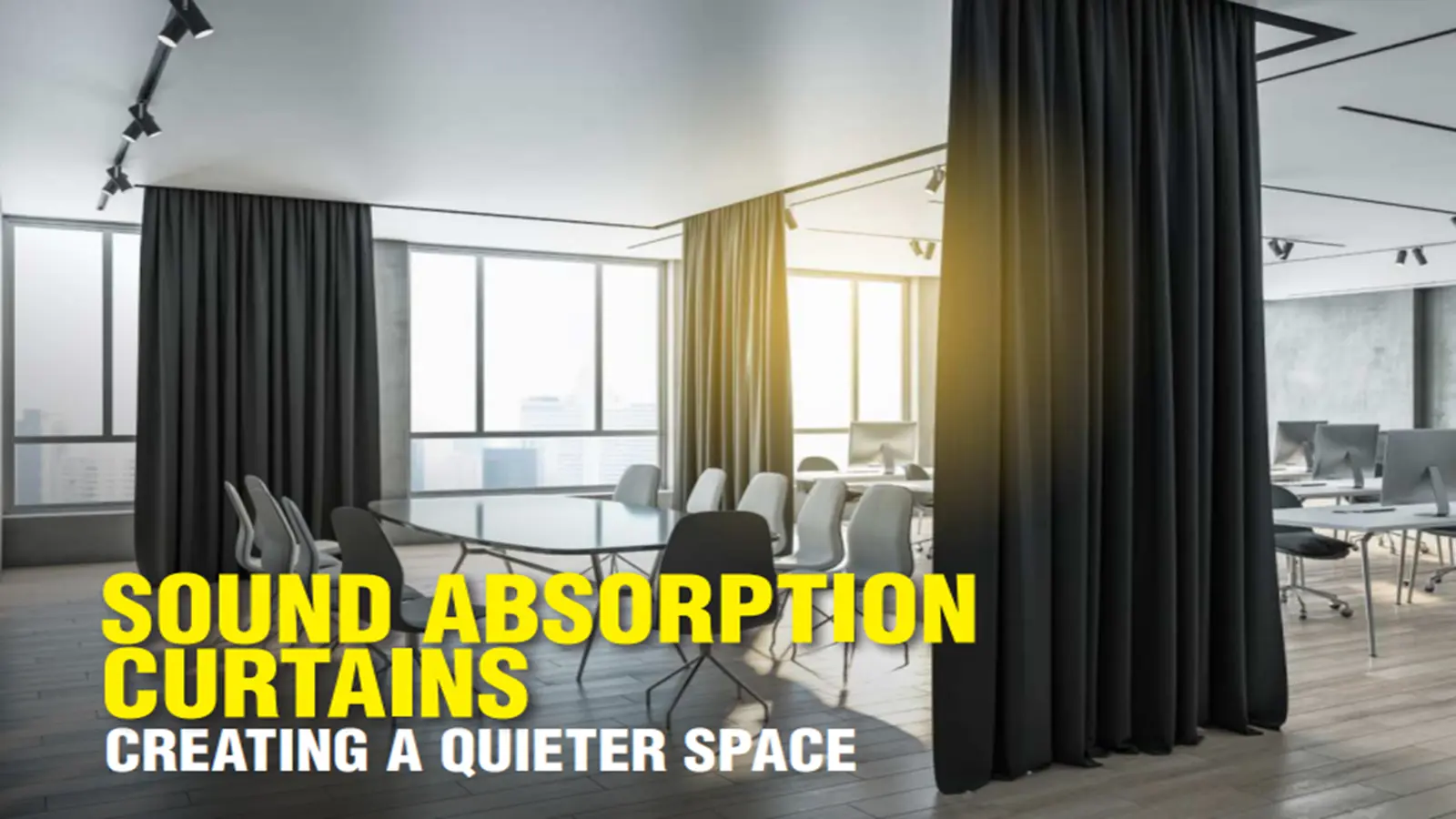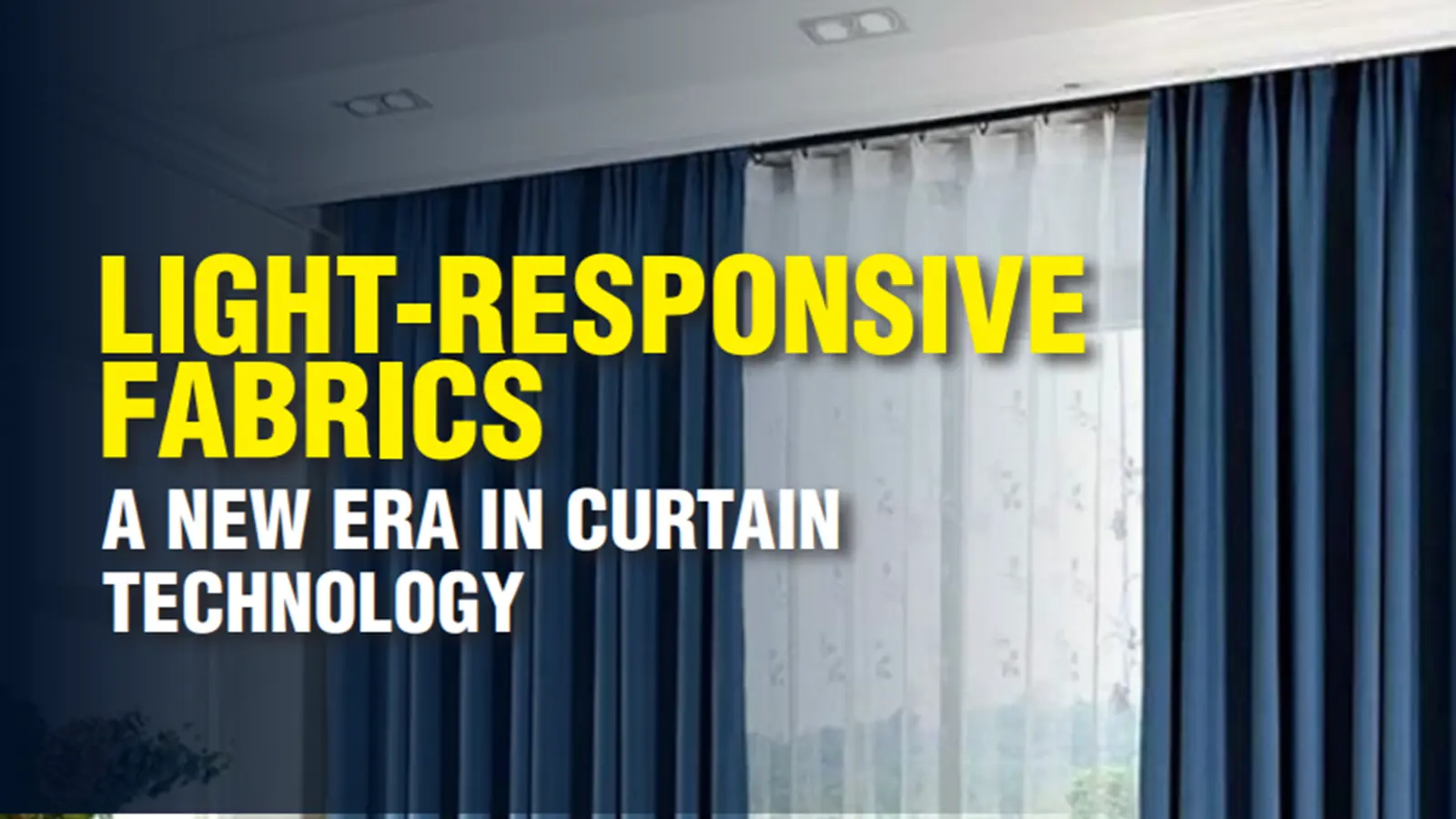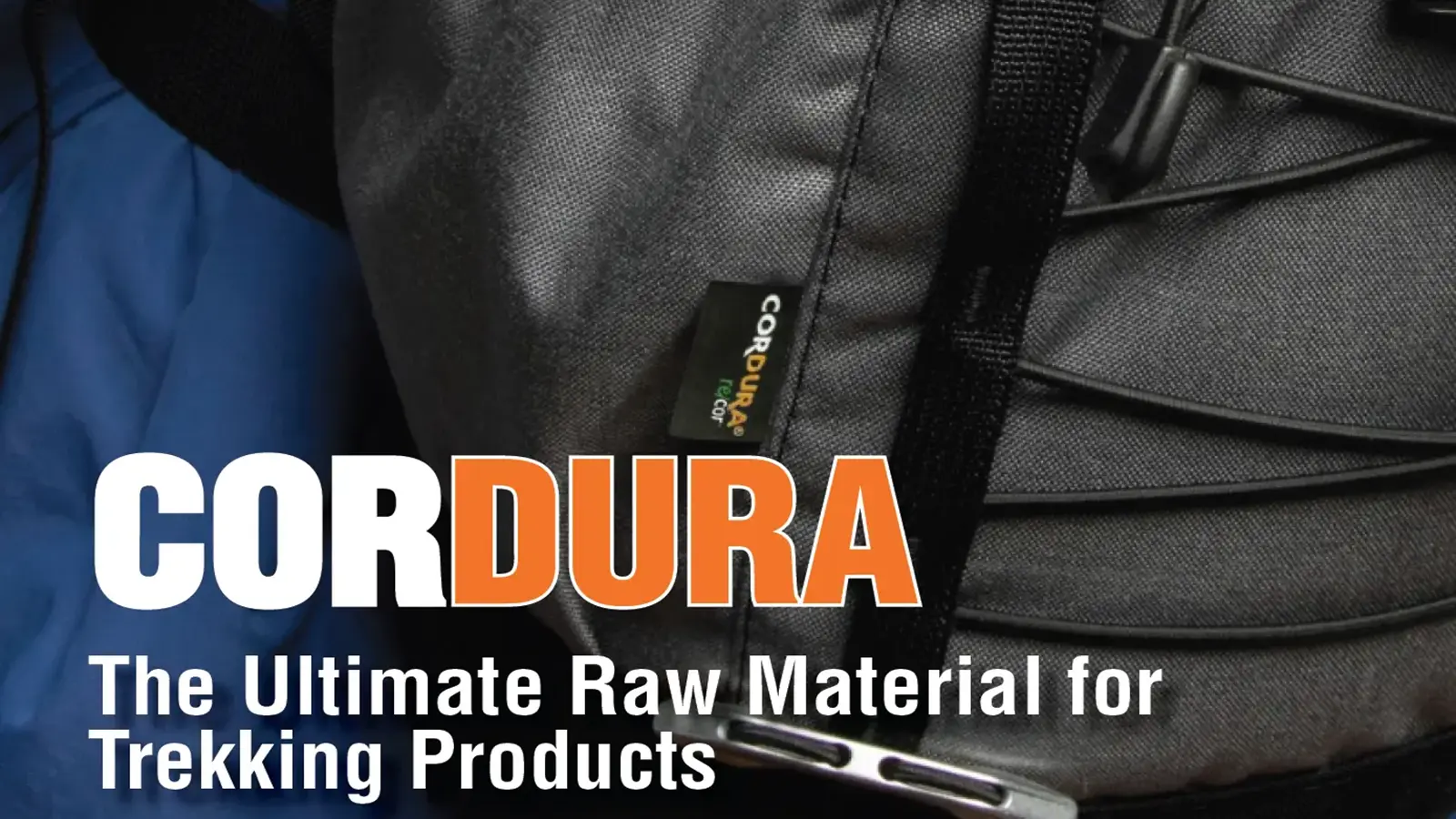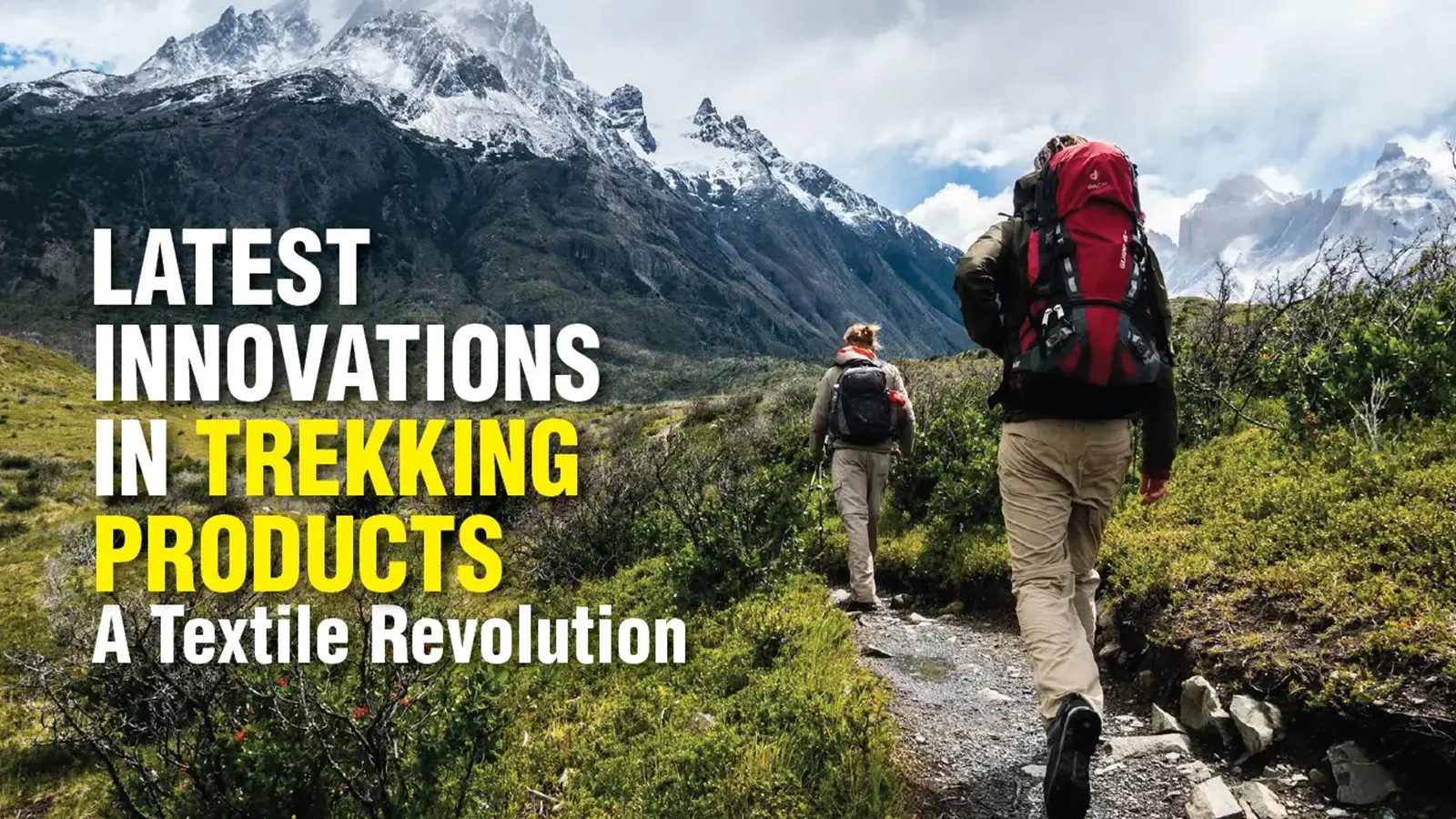LATEST TECHNOLOGIES IN CARPET MANUFACTURING 3D TUFTING AND AIRJET WEAVING
Share Post
Carpet manufacturing has seen significant advancements in recent years, with innovations such as 3D Tufting Technology and Airjet Weaving revolutionizing the industry. These technologies offer enhanced design possibilities,better performance, and increased production efficiency.
3D TUFTING
3D tufting technology has gained immense popularity, particularly in the manufacturing of luxury and bespokecarpets. Its ability to create multi-dimensional textures and intricate patterns makes it a favorite in both residentialand commercial sectors.
High-end carpets: Approximately 30-40% of premium carpets produced today incorporate 3D tufting techniques,primarily for custom designs and high-value products.
Mass production: In broader carpet production, the usage is still catching up, constituting around 15-20% of theglobal market share.
AIRJET WEAVING
Airjet weaving, originally a staple for fabric production, has found its place in carpet manufacturing, particularlyfor woven carpets. This method uses a jet of air to propel the weft yarn through the warp, ensuring high-speedproduction.
Industrial-grade carpets: About 25-30% of woven carpets use airjet weaving, primarily in large-scale productionenvironments.
High-volume production: For mass-market products like rugs and utility carpets, airjet weaving accounts foraround 20-25% of the output.
Comparison Between 3D Tufting and Airjet Weaving
The integration of 3D tufting and Airjet weaving in carpet manufacturing showcases the industry’s commitment toinnovation. These technologies not only enhance the production process but also empower manufacturers to caterto diverse market needs. With a combined market usage of 35-40%, their influence is significant and set to grow asthe demand for high-quality, durable, and customizable carpets increases globally.
05:38 PM, Jun 04
Source : LATEST TECHNOLOGIES IN CARPET MANUFACTURING 3D TUFTING AND AIRJET WEAVING
Other Related Topics
